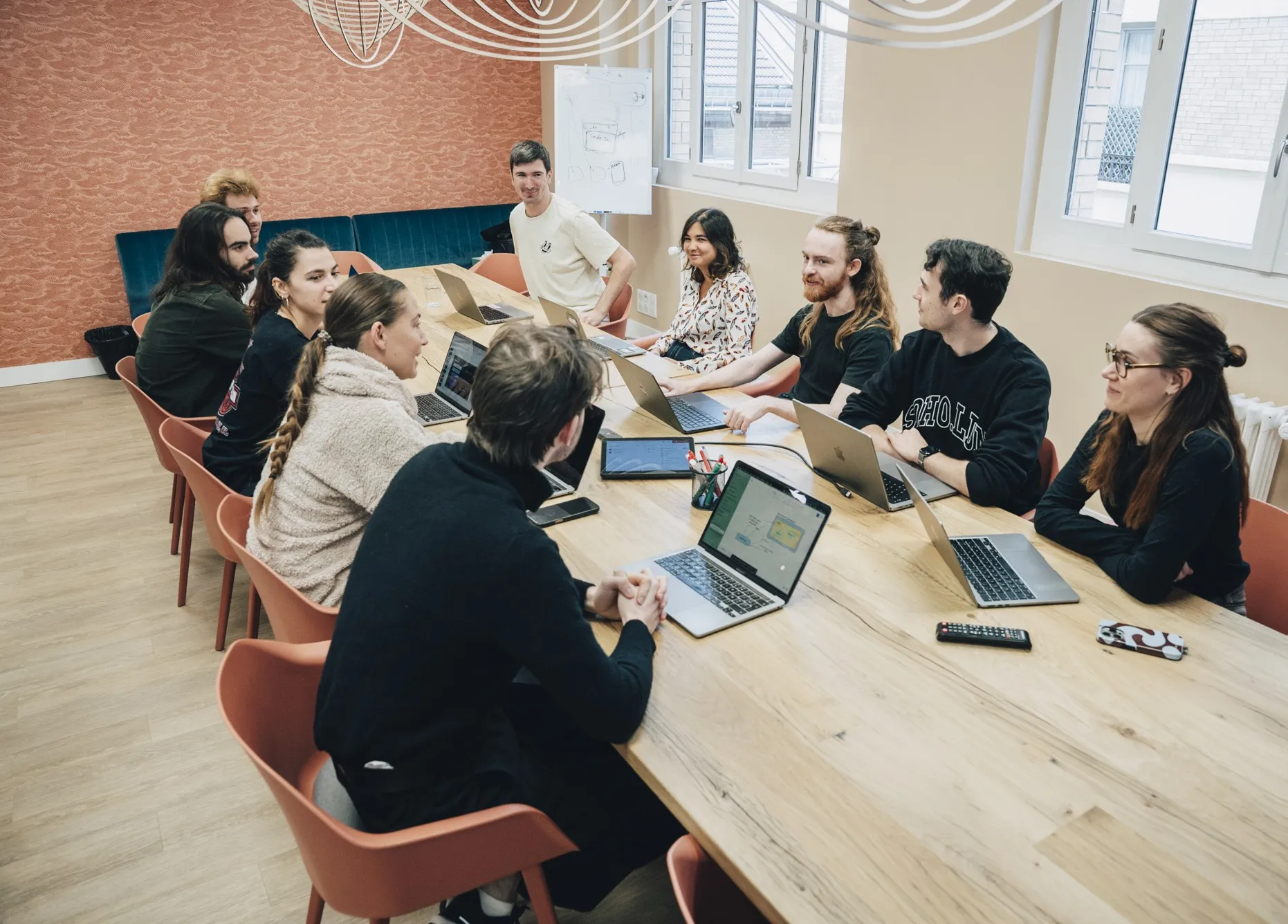Universal App
Une seule base de code pour toutes vos applications Web, Mobile et TV.
Nous aidons nos clients à unifier leurs applications mobile, web et TV sur une base de code unique — pour livrer plus vite, réduire les coûts et offrir une expérience homogène sur tous les écrans.



Vos principaux défis

Des coûts et des délais qui explosent à chaque nouveau canal.
Chaque plateforme a son équipe, son calendrier, ses tests. Résultat : des budgets qui doublent, des délais qui s’allongent et un ROI qui s’érode. Les directions produits perdent en vitesse et peinent à suivre la concurrence sur tous les canaux.

Une difficulté de maintien qui ralentit l’innovation et fragilise vos produits.
Lorsque chaque application évolue indépendamment, la complexité augmente et la maintenance devient coûteuse. Certaines deviennent obsolètes et génèrent un décalage avec les attentes des utilisateurs. Vos équipes produits consacrent alors leur énergie à maintenir l’existant plutôt qu’à créer de la valeur.

Une expérience utilisateur inégale qui pèse sur l’engagement.
Fonctionnalités variables selon les supports, design incohérent, parcours qui se dispersent : l’utilisateur ne retrouve pas la même qualité d’expérience d’un canal à l’autre. Cette fragmentation altère la satisfaction, fragilise la fidélisation et impacte directement vos performances commerciales.
Notre approche.
Unifier pour livrer plus vite et mieux.
Grâce à l’architecture Universal App en React Native, 90 % du code est partagé entre les environnements TV. Vos équipes se concentrent sur la valeur produit, livrent plus vite et réduisent les coûts de maintenance.
Moderniser sans rupture.
Nous consolidons vos applications existantes sans tout réécrire, pour préserver la continuité de service et améliorer la performance. En articulant valeur produit et excellence technique, nous trouvons l’équilibre entre vitesse, fiabilité et qualité, pour transformer la dette en levier de compétitivité durable.
Mesurer l’impact pour améliorer en continu.
Nous harmonisons design, usages et performances pour offrir la même qualité d’expérience sur tous les écrans. Avec Flashlight, notre outil de mesure, nous objectivons les gains : moins de bugs, une meilleure fluidité et une expérience cohérente. Vos utilisateurs perçoivent un univers homogène et performant, vous gagnez en cohérence et en engagement.
S’appuyer sur les meilleurs experts React Native pour garantir l’excellence.
Nous avons choisi de bâtir la plus grande équipe React Native en France. Membres de la core team React Native, contributeurs open source, conférenciers réguliers et formateurs reconnus, nos 50 experts React Native garantissent la performance, la fiabilité et la réussite de vos projets dans la durée.




Nos chiffres clés
+30%
-40% à -60%
-20%
+ 1 000 000
Ils nous font confiance

TF1+ : 6 mois pour refondre 13 plateformes de streaming, +40% de CA
Face à l’arrivée des offres de streaming avec publicité, TF1 décide de se positionner en leader du streaming gratuit. En moins de six mois, Theodo conçoit et déploie pour TF1+ une plateforme gratuite et illimitée, accessible sur l’ensemble des écrans connectés et donnant accès à plus de 15 000 heures de contenus.
.svg)

Parlez-en avec
Baptiste Michel
Baptiste Michel, Partner & CEO Theodo Apps, vous accompagne dans vos projets Universal App.
Contactez-nous
.svg)